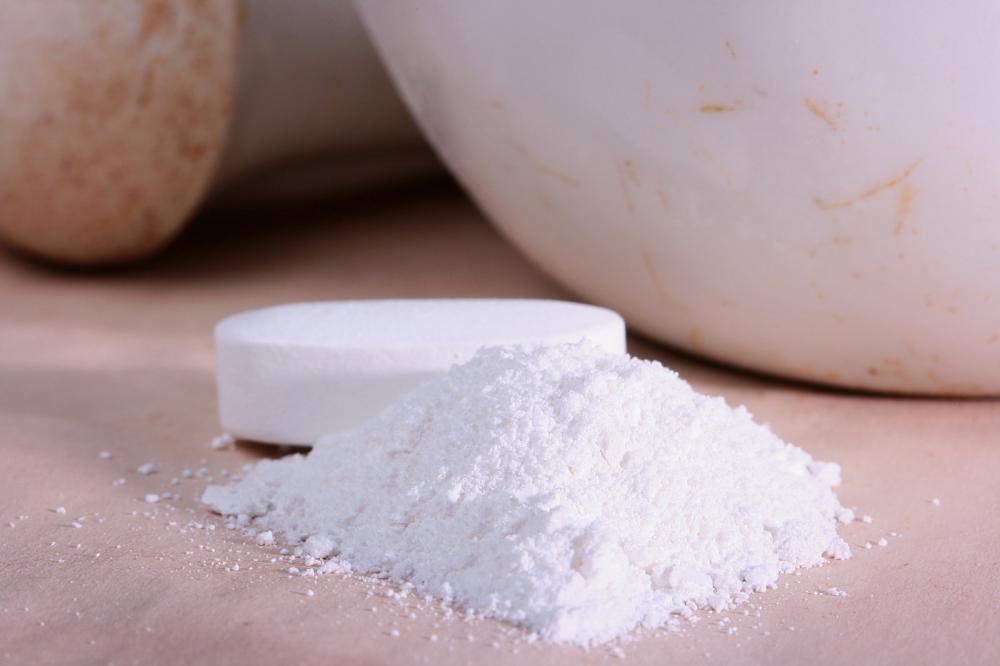Have you ever wondered how heroin became such a prominent drug in the past few years? In 2010, Purdue Pharma, the makers of Oxycontin, were under a lot of pressure from various stakeholders. The popular drug, used for anything from pain for an acute injury to long-term chronic pain like cancer, had proven more addictive than they anticipated. By the 2000’s, it was clear that something had gone awry. People were crushing pills and snorting or shooting them up. So they decided to make Oxycontin more difficult to abuse by reformulating the medicine. By making the pills difficult to crush and more extended-release, people wouldn’t be able to abuse them.
While this was a logical step to take, especially from the drug manufacturer’s perspective, the damage had already been done for many people. Thousands were already misusing the pill, and most of them were already exhibiting signs of a substance abuse disorder. Changing the way that the pills worked resulted in painful withdrawal and most likely even overdoses as people tried to get their “fix,” only to find that they couldn’t get the amount that their addiction required to stave off the withdrawal.
Withdrawal can be incredibly painful, both physically and emotionally. So it makes sense that people experiencing it would try to do something to kill the pain as quickly as possible.
A research working paper by William Evans, Ethan Lieber, and Patrick Power, shows that some former OxyContin users moved on to heroin, which in turn increased heroin overdose deaths substantially. While it’s true that many people in the future will be less likely to become addicted to Oxycontin, at the same time, many former users have moved on to new forms of addiction that can come with even deadlier consequences. Inadvertently, the rise in heroin and fentanyl overdoses can be attributed to those Oxycontin users who were never given a proper chance to wean or detox, and instead found other, more powerful drugs to help them ease their pain and feed their addiction.
While the results of this research may sound discouraging, in the end, it’s important to note that many people will avoid becoming addicted due to Oxycontin abuse. The people, however, who were addicted and faced a dramatic increase in the levels of the drug fell through the cracks.
Today, addiction experts know better than to withdraw people from any drugs that they are taking abruptly. For the addicted, drug detox is available to help them be as comfortable as possible when they rid their body of the drug. Physicians, too, have been getting more training for opioids, and this is a pattern that is expected to continue with the encouragement of the FDA. Lessons learned are essential to making policy changes, and that is why research like this is significant to fighting the addiction epidemic.

